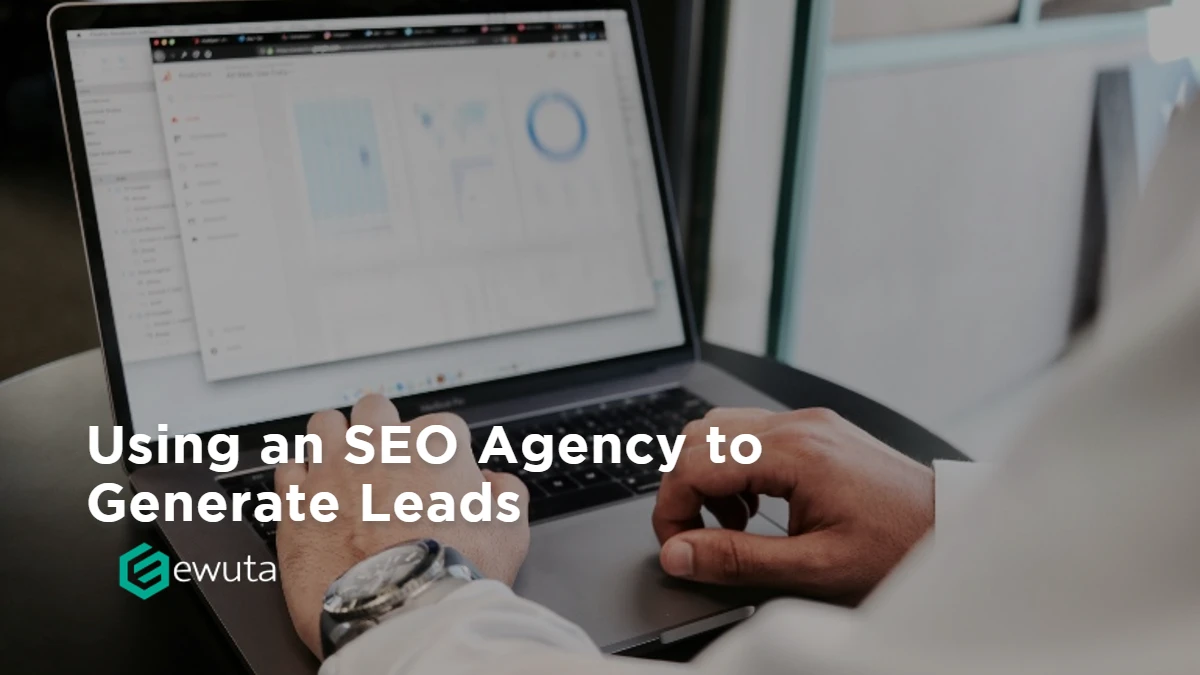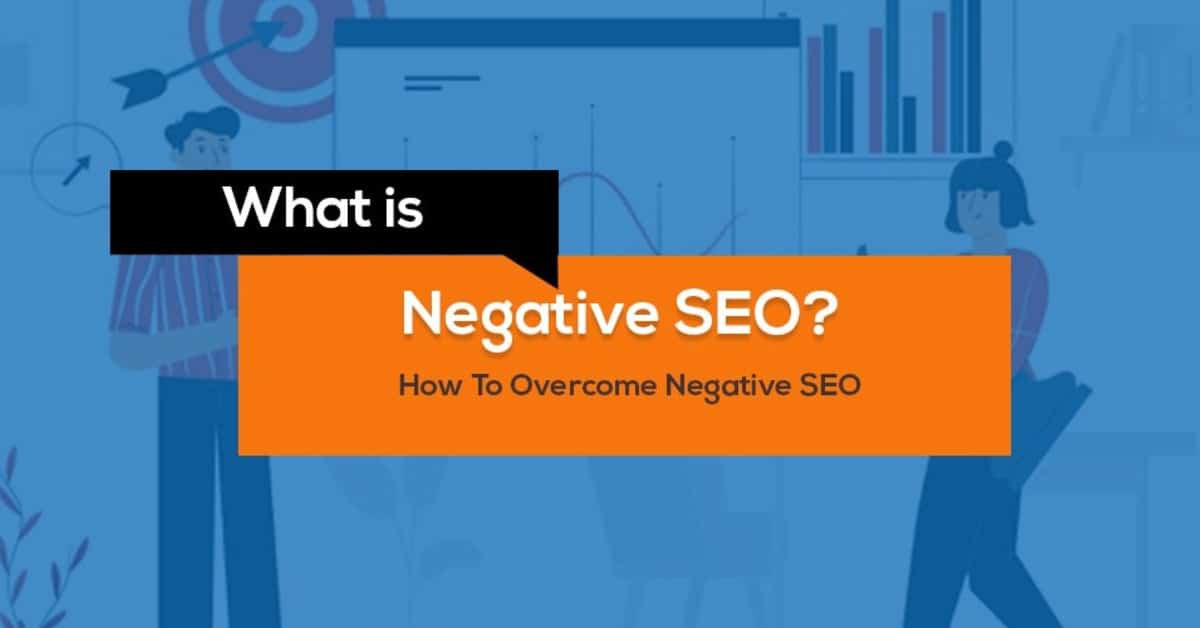SEO is indeed a great way to promote your business and generate organic traffic, but SEO mistakes can easily take your efforts to drain. SEO includes various intricate strategies and optimizations, and you can easily make some mistakes that can affect your business’s SEO results. Big organizations have some appetite for the aftermath of SEO mistakes, but small businesses can’t afford any mistakes. Even small mistakes can make a significant dent in your small business growth.
In this post, we’ll discuss 21 SEO mistakes that you should avoid in your small business SEO.
1. Not Having a Right Target Audience
Many marketers fail to precisely identify their target audience, implying that they have no idea what they’re doing. You’ll wind up being nobody to no one if you try to be everything to everyone. As a result, start by defining your target audience. Examine your market and who your target audience is. Who are you working for? Don’t guess. Examine your present consumer data, and if you’re just getting started, research your industry. Then, rather than making guesses, use technologies to gather data. Customer personas can assist you in defining your target audience.
Simple demographics can be a good place to start when determining your target audience, but they won’t be enough. Spend more time getting to know your clients, their needs and desires, and the types of content they prefer.
2. Ignoring the Competitor Research
While you should concentrate on developing a strategy that is distinct from that of your competitors, you should also keep an eye on what they are doing. Keep an open mind. You must demonstrate to your customers how you differ from and outperform your competitors. You’ll need a SWOT Analysis of yourself and each significant rival to accomplish so. With the use of a SWOT Analysis, you will be able to determine where your company stands as well as the brand worth of your competitors.
3. Overlooking Mobile Users
Everyone carries a phone in their pocket, and they use it for various things like browsing, shopping, watching videos, social media, gaming, etc. Hence, make sure you do not forget about your mobile customers. It’s not enough to have a website. The mobile version of your website must be optimized. Customers may get dissatisfied with your business if they have a bad mobile experience.
Even if they liked the brand, 50% of individuals stated they would consider a company less often if it did not have a mobile-friendly website.
So, it’s important to prioritize mobile performance, and you can also have a mobile app for your business. While a mobile application may not be appropriate for all businesses, it can certainly benefit some. Mobile users spend the most time on apps while using phones. Even if you aren’t planning to launch an app, you must ensure that your website is mobile-friendly.
4. Not Having Clear Goals
Making an unfocused SEO strategy is one of the biggest SEO mistakes a company can make. You won’t know what’s going on with your campaign if you don’t set targets. Because your campaign will lack focus, you won’t be able to tell when or if you’re on track to meet your objectives. You’re setting your company up for failure if you don’t set realistic goals. Unrealistic goals are frustrating because no matter how carefully you implement and optimize your SEO marketing techniques, you will not reach them.
You won’t know if your campaign is successful unless you track your goals. You won’t be able to tell where you excelled or where you need to improve.
You should set SMART goals and effective KPIs to laser focus your strategy and have clear goals to scale your success.
Read More: 5 Best WordPress SEO Tips for Boosting the Search Ranks
5. No Data-backed Decisions
It’s time to wake up and look at your calendar if you’re still making marketing decisions based on your intuition. It’s the year 2021, and you can’t disregard numbers anymore.
Examine your data in order to make informed judgments regarding the next stage in your marketing strategy. Take a look at what your statistics are showing you and how your customers are responding to your campaign.
The type of personalization you can do and the amount of data you can collect to measure your campaign are the two greatest advantages of digital marketing over traditional marketing. Make sure you’re maximizing the power of data in your marketing.
6. No Discounts
Customers should always be rewarded. To entice customers to come to your store and visit your website, you must offer discounts and promotions. Discounts will drive more traffic to your business and website. Promotions also help you enhance your sales.
Offering a discount does not imply that your clients will not purchase full-priced things. Sure, they’ll get a few goods at a reduced price.
However, if something else catches their eye, they may be more inclined to buy it because they received a good bargain on the sale items. Coupons also help you develop a better bond with your customers. After redeeming a coupon, 91% of people say they will return to the store.
Discounts are an excellent method to attract new consumers and keep existing ones. If you start offering coupons to your competitors’ customers, you can get a considerable advantage over them.
7. Not Including a Blog
Businesses that have blogs have 97% more inbound links, which helps with visitors. Blogs can also aid in the development of a relationship with potential clients. It’s a unique approach for you to communicate with customers, as well as for customers to interact with you.
Furthermore, blogs are an excellent way to receive customer feedback in the comments section. On blogs, people are not limited in their ability to express themselves. You can also link your blogs to your social media accounts. If you’re having trouble coming up with new posts to share on your social media accounts every day, your blogs can come in handy.
Share links to your blog entries with your social media followers. It’s a fantastic method to keep all of your pages active.
8. Not Utilizing Social Media
Interacting with your audience via social media is a terrific approach to do it. It’s also pretty affordable. Unlike other forms of marketing, creating a Facebook, Twitter, or Instagram account is completely free. Sure, purchasing ads and paying someone to run the pages will cost money. However, organic social media marketing is a cost-effective way to market your brand and drive exceptional results.
Social media platforms are used by your customers, so you should use them as well. In the United States, 81% of people have a social media profile. Google also considers social signals while deciding your topical authority during rankings. So, you should use social media as a powerful marketing tool.
9. Not Using Videos
Youtube is the world’s second-largest search engine, Facebook and Instagram are all advertising videos more on their platforms, and consumers are spending more time watching videos than ever before, thanks to faster internet speeds.
Online videos will account for more than 82% of all consumer internet traffic by 2022, up from 15% in 2017. (Cisco)
You’re still missing out on major opportunities if you’re not using it. The way individuals consume content is changing as a result of videos.
10. Choosing Quantity Over Quality
Most businesses have targets like posting 10 blogs or 30 tweets a month. Both of these objectives are good as long as they generate the right engagement, but if you don’t focus on generating something meaningful, your business will suffer.
According to Ahref research, 90.63 % of all pages in our index receive no traffic from Google, so if you’re writing 10 blogs a month in the hopes of getting more traffic from Google, you’re probably doing something wrong. So, rather than concentrating on the number, concentrate on quality. Instead of ten blogs, post one rankable blog.
11. Not Making Email Subscriber List
Not everyone who views your website will purchase something, but it does not rule out the possibility of the customer purchasing something in the future. However, if you want to increase your chances of converting users in the future, you must engage with them.
If someone reads a complete post on your website, he most likely found value in it and may be interested in receiving more information from you in the future, which might lead to future business. Solicit subscriptions and develop a marketing strategy for sending relevant and helpful information to your subscribers.
The first step in running a successful email marketing campaign is to build an email list. So get to work on your email lists.
12. Spamming
Don’t send unsolicited emails to your consumers. But some people are unknowingly spamming their clients.
Analyze the emails you’ve sent in the past to your consumers.
Your message must be relevant to all of the people on your mailing list.
Some of your emails might be relevant to some consumers but not to others. Email segmentation lists can help you avoid this.
You don’t want to irritate your subscribers in any way. They’ve already signed up for your emails, indicating that they’re genuinely interested in what you have to say—sending them emails that they don’t want to see will cause them to unsubscribe.
When your customers sign up to get information, give them a choice. Inquire about how frequently they would like to receive emails. Make sure you’re not contacting them every day if they only want to hear from you once a month.
13. Not Focusing on Conversion of Site Traffic
You check your website analytics and notice that the number of visitors is increasing. Your traffic has doubled over the previous month, but your sales have remained unchanged. Your website visitors aren’t turning into sales. What are your options for resolving this?
Make sure your website is simple to use. Because they can’t locate what they’re looking for, 80% of website visitors leave. Your website visitors will not put up with a confusing layout.
If you have an e-commerce page, make sure there are a lot of search options and filters so visitors can locate what they want quickly and buy it. Consumers don’t want to scroll and search for long periods of time.
They are looking for quick results. They work so quickly that they don’t even need a computer.
People want to be able to buy things with their hands. If your website does not allow customers to do so, they will purchase from a more accommodating and user-friendly website. Check to see if your website is mobile-friendly. This will assist you in converting your increased online traffic into more cash.
14. Not Optimizing Cart Abandonment Rate
Consumers constantly search the Internet for the greatest discounts, so they put something in their cart, get sidetracked, and abandon it. Online marketers can avoid this by creating a solid abandoned cart strategy and using reminders, coupons, and other promotions and incentives to re-engage those customers at a later time.
Send an email to customers reminding them that they left something in their shopping cart. Later, you can entice them with limited-time specials, coupons, or incentives and persuade them to complete their order without leaving your site.
15. Ignoring Slow Site Speed
Slow websites will cause major issues for your business. You put in all this time, money, and effort to get people to visit your website, only to have them leave if it’s too slow. People are irritable. It’s just the way the Internet works. If your website takes too long to load, visitors will go. Don’t let a long loading time ruin your customer’s experience and, as a result, your sales.
Spend more money if necessary to ensure that your web hosting service is as fast as feasible. You can’t afford to lose any consumers; thus, every second matters. If you’re dissatisfied with your existing web host, look for a new one. You cannot afford to put up with subpar website load times. You may also consider the other means to speed up your website loading speed.
16. Not Considering Experience Personalization
The use of personalization in your marketing is critical. You will never be able to connect with your audience if you do not customize. It’s inexcusable to use your prospects’ names in an email while sending a BCC email to your full list.
Not only should your emails be personalized, but so should your clients’ whole experience with you. You can learn about their buying habits and interests from the psychographic research you conducted and then tailor your message accordingly. This will not only pique their attention but will also increase their brand loyalty.
17. Choosing Acquisition Over Retention
To stay afloat, you must work hard to expand your customer base. However, acquiring customers is only half of the struggle. Once you have a customer, you want to keep them as a long-term customer.
Why is it necessary to place such a high priority on retention? Existing clients are more inclined to buy from you. Moreover, It also costs 6 to 7 times more to attract a new customer than it does to keep an existing one.
So, spend only a portion of your marketing expenditure on acquiring new customers. Make sure that a percentage of your budget is used to keep customers.
Existing customers are also more likely than new consumers to shop more frequently and spend more money per transaction.
18. Doing It All Alone
You can’t do it all by yourself; you’ll need help from people who are professionals in their professions and can help you improve your outcomes while also saving money. If you try to do everything alone, you’ll end up leaving a lot of tasks unfinished, costing your company money, time, and opportunities.
Do what you’re good at and get professionals to help you with the rest. This will free up time for you to focus on other critical tasks, allowing your company to grow. So, if required, hire a digital marketing agency for your SEO and digital marketing, so you can have more efficient results against your investment in marketing.
19. Ignoring Collaborations
Always be willing to work with others. Accepting/writing guest pieces, organizing a joint campaign, or simply providing shoutouts for other businesses are all possibilities. You will not only gain more visibility to a new group of viewers, but you will also create trust and a network in your ecosystem, which will greatly benefit your business. So consider collaborations, assist others in their success, and you will succeed with them.
20. Not Improvising
Marketing strategies are created once a year, but customers change on a daily basis. Externalities play a role in your SEO as well. What’s going on in the world? What are your competitors up to? What is the state of the ecosystem? You must be adaptable in order to notice and respond to changes. Always monitor the changing trends and modify your SEO and marketing strategies accordingly to always get the potential results.
21. Inappropriate Customer Service
The majority of consumers do not equate customer service with search engine optimization. These two departments are intertwined in a significant way. Your customer support staff must also be aware of your marketing strategy.
When customers have issues or questions, your customer service personnel can answer in a way that is consistent with your marketing objectives.
You put a lot of time, money, and effort into acquiring and keeping consumers. Don’t let them go because they had a terrible customer service experience. It will obliterate your marketing campaign as well as your return on investment. You can’t afford to lose any of your customers since they’re too valuable.
That’s it!
Now, you know where to work on your SEO and marketing strategy and what mistakes you have to avoid in your future campaigns.
Chop chop! Optimize your SEO mistakes to fetch the potential results from your SEO.



